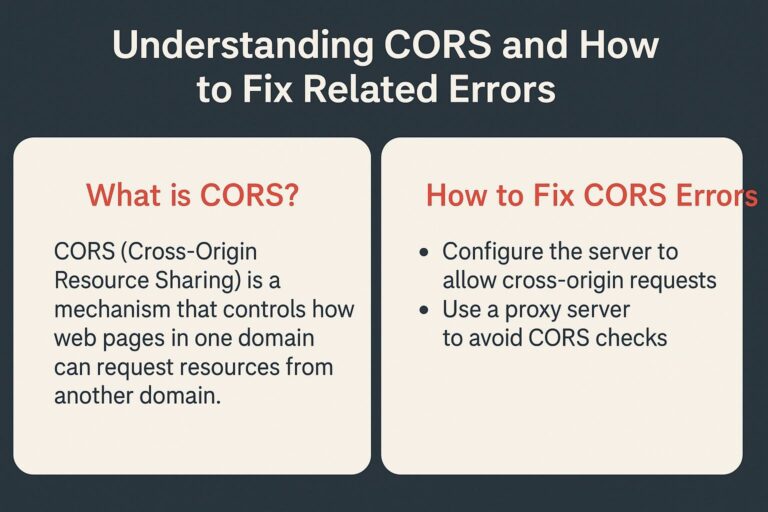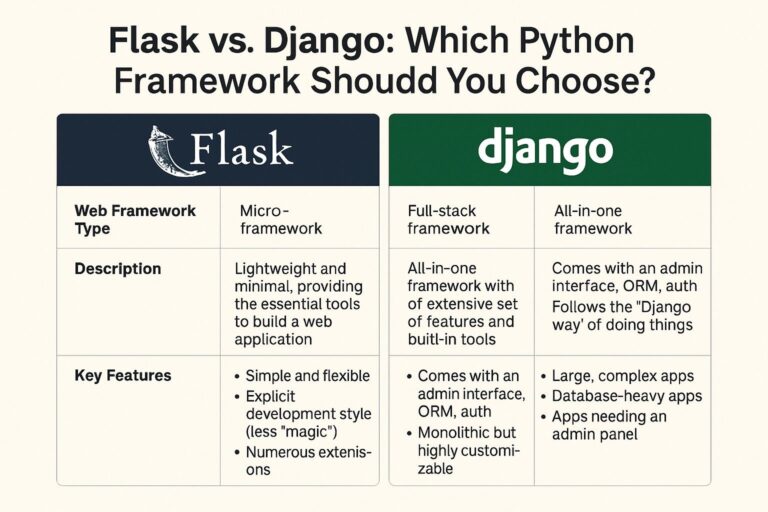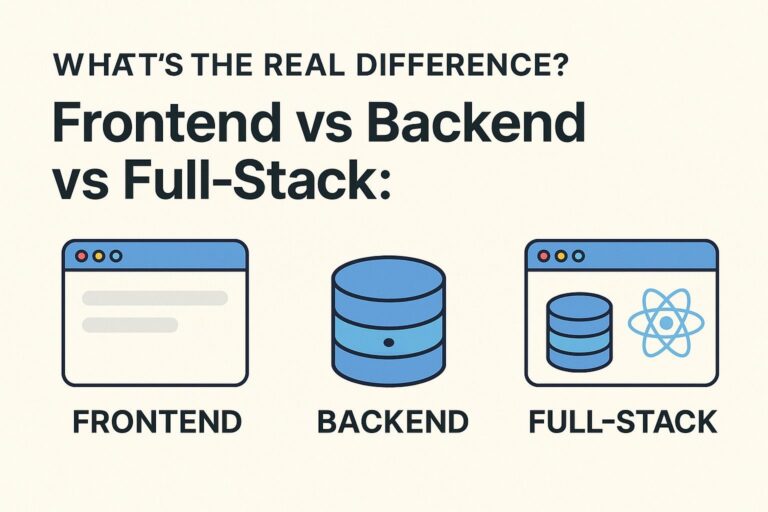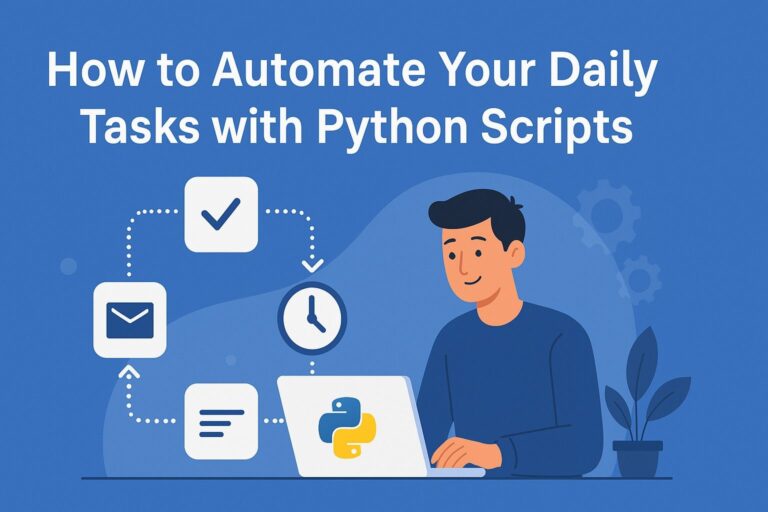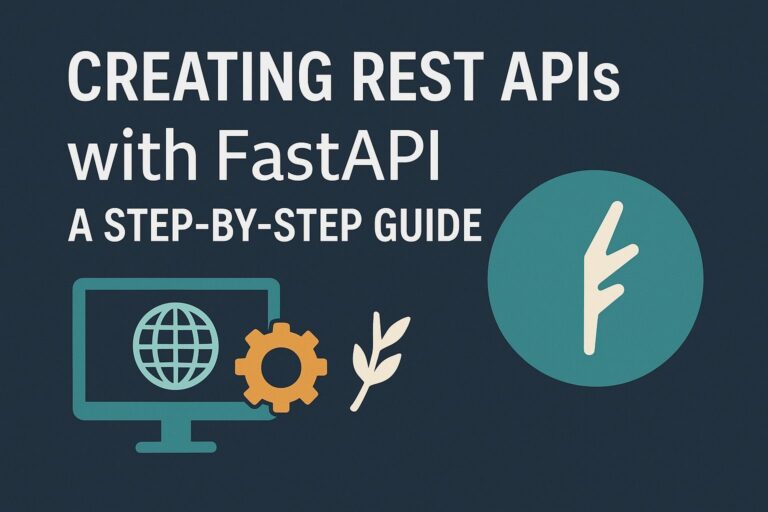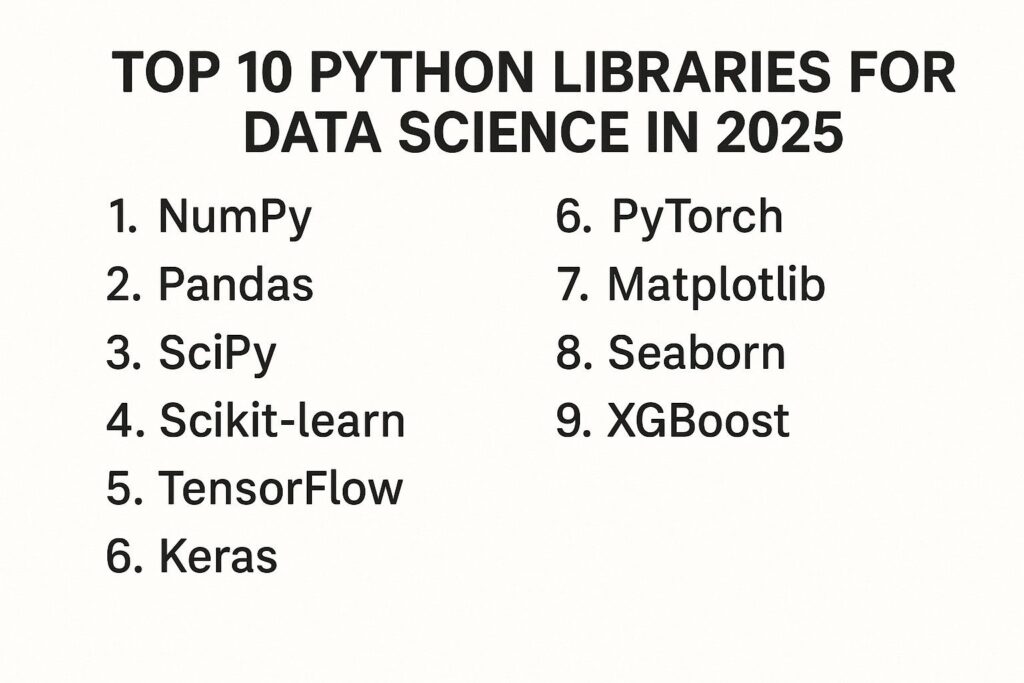
Python continues to dominate the data science landscape in 2025, thanks to its simplicity, robust community, and expansive ecosystem of libraries. From data cleaning to building cutting-edge AI models, Python offers specialized tools for every phase of the data science pipeline.
In this comprehensive guide, we highlight the top 10 Python libraries that every data scientist, analyst, or ML engineer should master in 2025. Whether you’re just starting out or scaling enterprise-level workflows, these libraries will help you tackle modern data science challenges with confidence.
1. Pandas
Why It Matters:
Pandas remains the foundation of data manipulation in Python. Its DataFrame structure makes it easy to handle tabular data, clean datasets, and perform complex aggregations with minimal code.
Key Features:
- Intuitive
DataFrameandSeriesobjects - Fast CSV, Excel, SQL, and JSON I/O operations
- Built-in functions for missing value handling, reshaping, and filtering
- Powerful time-series manipulation tools
- Seamless integration with Matplotlib, Seaborn, and NumPy
Use Cases:
- Exploratory data analysis (EDA)
- Feature engineering
- Data cleaning and transformation
Best for: Data wrangling, analysis, and preparation
2. NumPy
Why It Matters:
NumPy (Numerical Python) is the core library for performing mathematical operations on arrays and matrices. It serves as the computational engine behind many data science libraries.
Key Features:
ndarrayfor multi-dimensional arrays- Fast, vectorized operations
- Broadcasting for operations on arrays of different shapes
- Random sampling and statistical computations
- Linear algebra and Fourier transforms
Use Cases:
- Scientific computing
- High-performance numerical algorithms
- Backend for Pandas, Scikit-learn, TensorFlow, and more
Best for: High-speed numerical computations and array manipulation
3. Scikit-learn
Why It Matters:
Scikit-learn is the go-to library for traditional machine learning. It offers a unified API for training and evaluating ML models with just a few lines of code.
Key Features:
- Supervised algorithms: linear regression, logistic regression, SVMs, decision trees
- Unsupervised methods: clustering, dimensionality reduction
- Model selection: cross-validation, grid search, pipeline building
- Preprocessing: scaling, encoding, feature selection
- Built-in datasets for practice
Use Cases:
- ML model prototyping and experimentation
- Preprocessing and pipeline automation
- Model evaluation and validation
Best for: Classical machine learning and rapid prototyping
4. Polars
Why It Matters:
Polars is a high-performance, Rust-based DataFrame library that outperforms Pandas on large datasets. With lazy execution and multi-threading, it’s ideal for big data scenarios.
Key Features:
- Native Rust core for speed and efficiency
- Lazy and eager execution modes
- SQL-like query syntax
- Apache Arrow support for interoperability
- Memory-efficient operations on large datasets
Use Cases:
- Processing massive CSV/Parquet files
- Building performant ETL pipelines
- Real-time data transformation
Best for: High-performance data processing and memory optimization
5. Matplotlib & Seaborn
Why It Matters:
Data visualization remains a critical part of any data science workflow. Matplotlib provides granular control over plot elements, while Seaborn simplifies complex statistical chart creation.
Key Features:
- Matplotlib for low-level control and customization
- Seaborn for quick generation of aesthetically pleasing charts
- Extensive chart types: bar, line, histogram, scatter, heatmap, violin, boxplot
- Export options for publication-quality visuals
- Tight integration with Pandas
DataFrame
Use Cases:
- Exploratory Data Analysis (EDA)
- Report generation
- Model interpretability and insight communication
Best for: Static plotting, EDA, and quick statistical visualization
6. Plotly
Why It Matters:
For interactive dashboards and visualizations, Plotly provides highly customizable, dynamic plots that work in browsers, notebooks, or full-stack apps.
Key Features:
- Drag, zoom, pan, and hover interactions
- Support for 3D charts, animations, and maps
plotly.expressfor simple one-liner plots- Integrates with Dash and Streamlit
- Export to HTML or embed in web apps
Use Cases:
- Interactive EDA in Jupyter
- Real-time dashboarding
- Business data storytelling
Best for: Interactive visualizations and browser-based reporting
7. TensorFlow & Keras
Why It Matters:
TensorFlow, with its intuitive high-level API Keras, remains one of the most powerful deep learning frameworks, suitable for both research and production.
Key Features:
- Neural network support (CNNs, RNNs, Transformers)
- Model training on CPUs, GPUs, or TPUs
- TensorBoard for training visualization
- Tools for model serving, quantization, and optimization
- Mobile and embedded deployment (TFLite)
Use Cases:
- Image classification, object detection
- Natural language processing
- Production-grade deep learning workflows
Best for: Enterprise-scale deep learning and deployment
8. PyTorch
Why It Matters:
PyTorch is known for its ease of use, dynamic computation graphs, and widespread adoption in academic research and advanced model customization.
Key Features:
- Dynamic graph creation for flexible model design
- Built-in support for GPUs
- Modular deep learning building blocks (nn.Module, autograd)
- TorchScript for serializing and deploying models
- Strong integration with Hugging Face, PyTorch Lightning, and FastAI
Use Cases:
- Custom neural network research
- LLM development
- Model training, debugging, and experimentation
Best for: Research-driven deep learning and experimental modeling
9. XGBoost & LightGBM
Why They Matter:
Gradient boosting models like XGBoost and LightGBM are still dominant on structured/tabular data, offering state-of-the-art accuracy and scalability.
Key Features:
- Highly efficient implementation of gradient boosting
- Native support for missing values and categorical features (LightGBM)
- Fast training via histogram-based learning and parallelism
- Built-in support for early stopping, regularization, and cross-validation
- Feature importance visualization
Use Cases:
- Fraud detection
- Customer churn prediction
- Competition-winning tabular models (e.g., Kaggle)
Best for: Structured data and boosting-based predictive modeling
10. Hugging Face Transformers
Why It Matters:
In the age of LLMs and Generative AI, the Transformers library by Hugging Face makes it easy to use and fine-tune cutting-edge models for NLP and beyond.
Key Features:
- Access to thousands of pre-trained models (BERT, GPT, T5, etc.)
- Plug-and-play APIs for text classification, summarization, translation, and more
- Training with minimal code using the
Trainerclass - Seamless integration with PyTorch, TensorFlow, and ONNX
- Inference APIs for production deployment
Use Cases:
- Natural language understanding and generation
- Chatbots and virtual assistants
- Fine-tuning LLMs on domain-specific data
Best for: NLP, LLM experimentation, and generative AI applications
Bonus Mentions for 2025
- Altair – Declarative visualization for cleaner code and reproducible graphics
- Statsmodels – Advanced statistical models (e.g., OLS, GLM, time series)
- DuckDB – In-memory SQL OLAP database for fast analytical queries
- Great Expectations – Data quality validation and test automation
- Ray – Distributed computing framework for scaling Python workloads and ML training
Final Thoughts
Python’s dominance in the data science world remains unshaken in 2025, and these libraries form the foundation of modern data workflows. Whether you’re performing exploratory analysis, engineering features, training ML models, or deploying LLMs, these tools allow you to:
- Write efficient, maintainable code
- Scale data pipelines across compute environments
- Leverage the latest AI advancements with minimal boilerplate
To stay ahead:
- Master the fundamentals: Pandas, NumPy, Scikit-learn
- Embrace performance tools like Polars and DuckDB
- Go deep with PyTorch, TensorFlow, and Hugging Face for AI/LLMs

I’m Shreyash Mhashilkar, an IT professional who loves building user-friendly, scalable digital solutions. Outside of coding, I enjoy researching new places, learning about different cultures, and exploring how technology shapes the way we live and travel. I share my experiences and discoveries to help others explore new places, cultures, and ideas with curiosity and enthusiasm.

